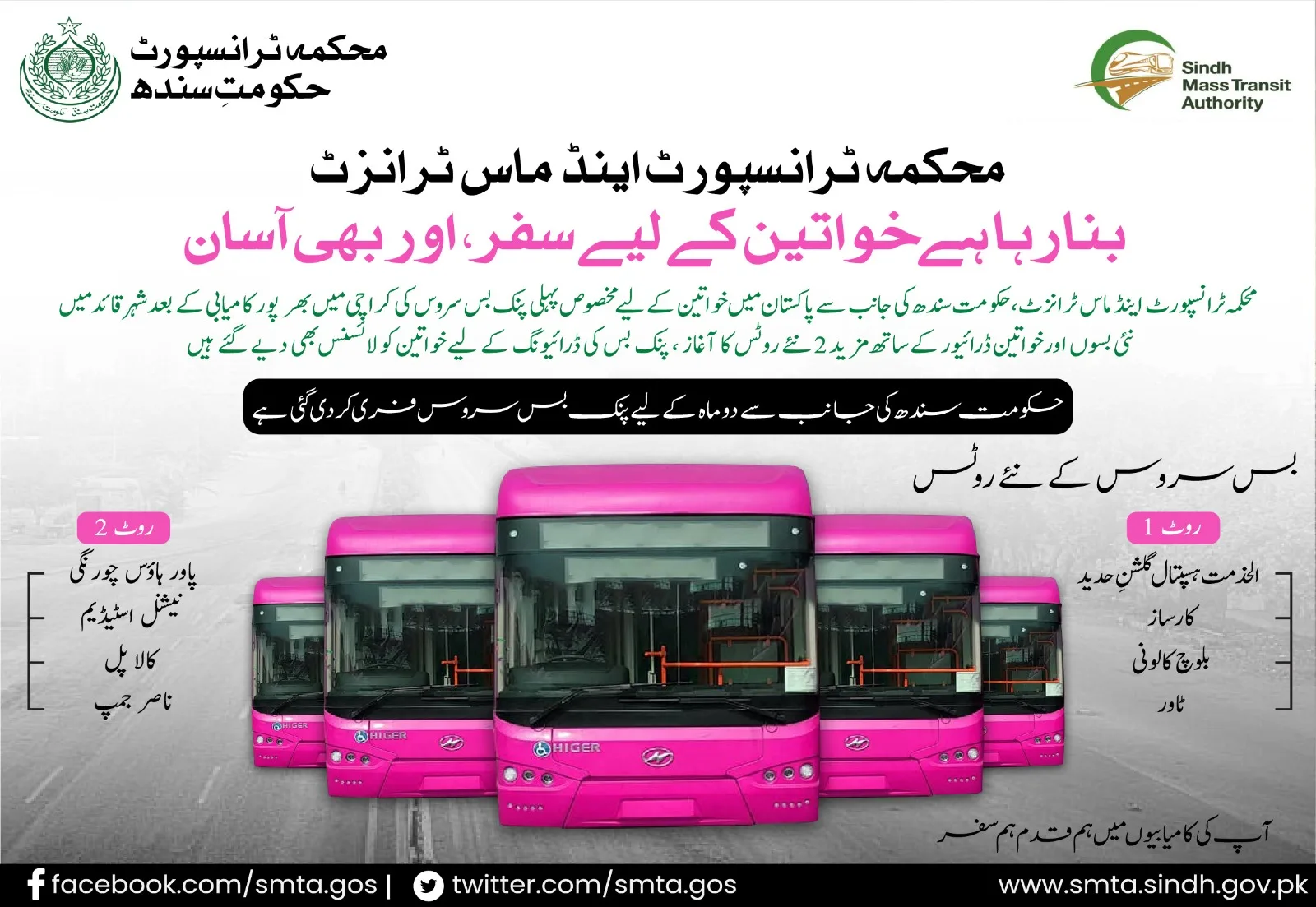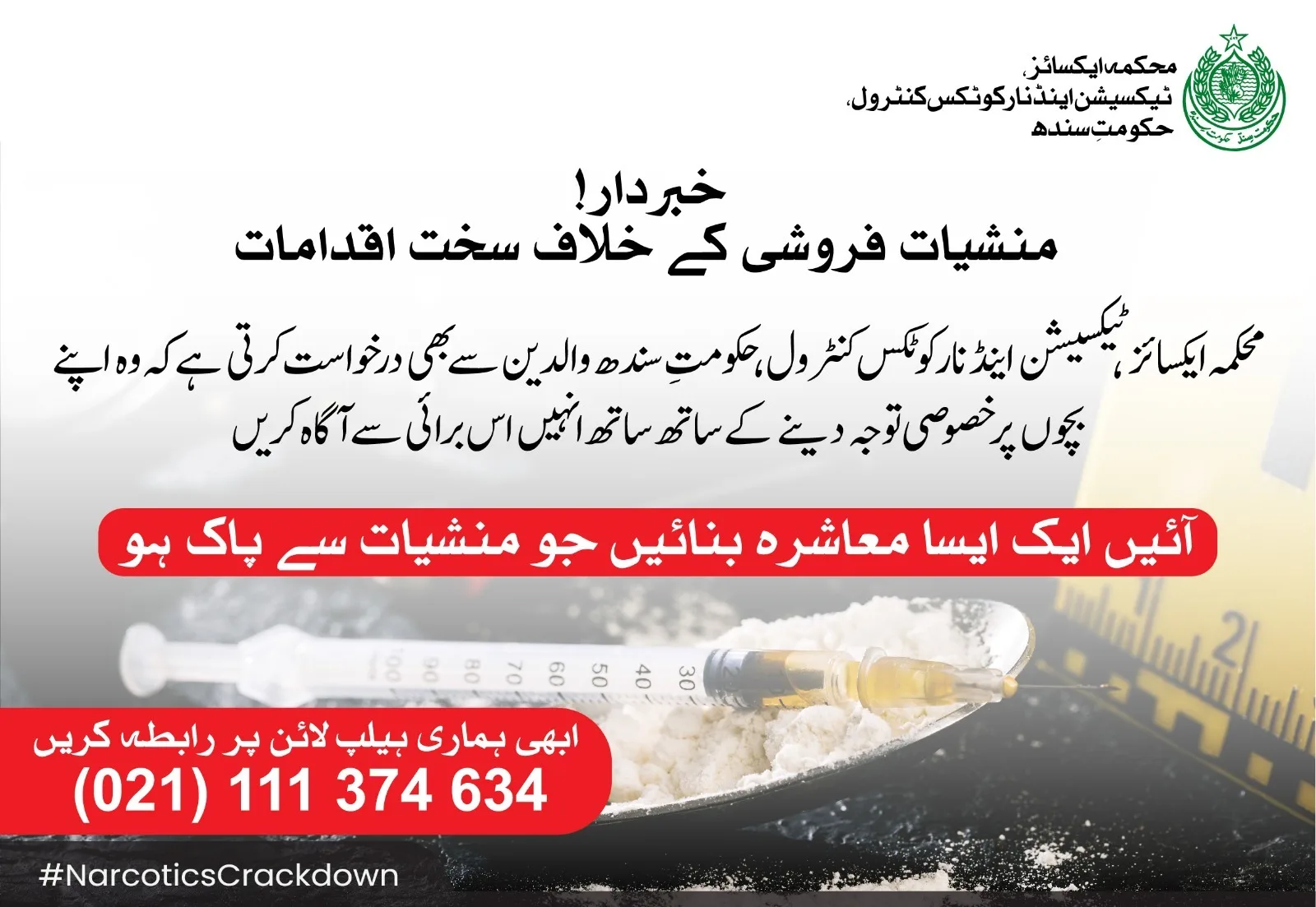BP Differential Between Arms Linked to High Death Risk

Image Credits: Mayo Clinic
ISLAMABAD, Dec 28 (APP): The difference in blood pressure readings between arms is linked to a greater risk of heart attack, stroke and death, a significant, large international study has revealed.
Led by the University of Exeter UK, the global collaboration conducted a meta-analysis of all the available research, then merged data from 24 global studies to create a database of nearly 54,000 people, Medical Daily reported. The data spanned adults from Europe, the US, Africa and Asia for whom blood pressure readings for both arms were available. Funded by the National Institute for Health Research (NIHR) and published in the journal Hypertension, the study is the first to find that the greater the inter-arm blood pressure difference, the greater the patient’s additional health risk.
“Checking one arm then the other with a routinely used blood pressure monitor is cheap and can be carried out in any healthcare setting, without the need for additional or expensive equipment,” said lead author Dr Chris Clark of the University of Exeter Medical School.
While international guidelines currently recommend that this is done, it only happens around half of the time at best, usually due to time constraints. “Our research shows that the little extra time it takes to measure both arms could ultimately save lives,” Clark said.
The research could lead to a change in international hypertension guidelines, meaning more at-risk patients could be identified and receive potentially life-saving treatment. “We’ve long known that a difference in blood pressure between the two arms is linked to poorer health outcomes. The large numbers involved in the INTERPRESS-IPD study help us to understand this in more detail,” Clark noted. “Patients who require a blood pressure check should now expect that it’s checked in both arms, at least once”.
Blood pressure rises and falls in a cycle with each pulse. A significant difference between the systolic blood pressure measurements in the two arms could be indicative of a narrowing, or a stiffening, of the arteries, which can affect blood flow. These arterial changes are recognised as a further risk marker for subsequent heart attack, stroke or early death, and should be investigated for treatment.
The researchers concluded that each mmHg difference found between the two arms elevated predicted 10-year risk of one of the following occurring by one per cent; new angina, a heart attack or stroke. Research co-author Professor Victor Aboyans, head of the department of cardiology at the Dupuytren University Hospital in Limoges, France, said that “We believe that a 10 mmHg difference can now reasonably be regarded as an upper limit of normal for systolic inter-arm blood pressure when both arms are measured in sequence during routine clinical appointments”.
An inter-arm difference of greater than 10 mmHg occurs in 11 per cent of people with high blood pressure (hypertension) and four per cent of the general population, the authors noted.
Stay tuned to Baaghi TV for latest news and updates!
COVID-19: Hospitals under pressure amid the rising cases












